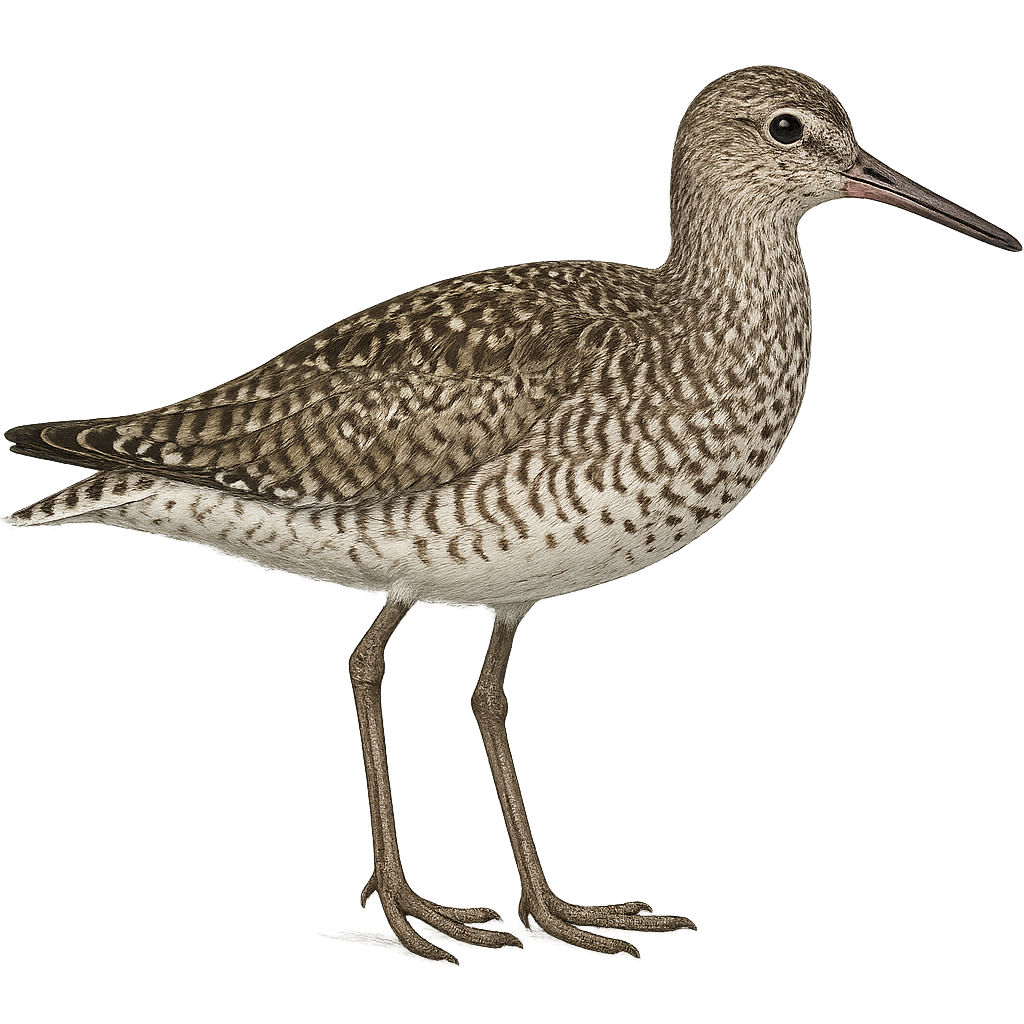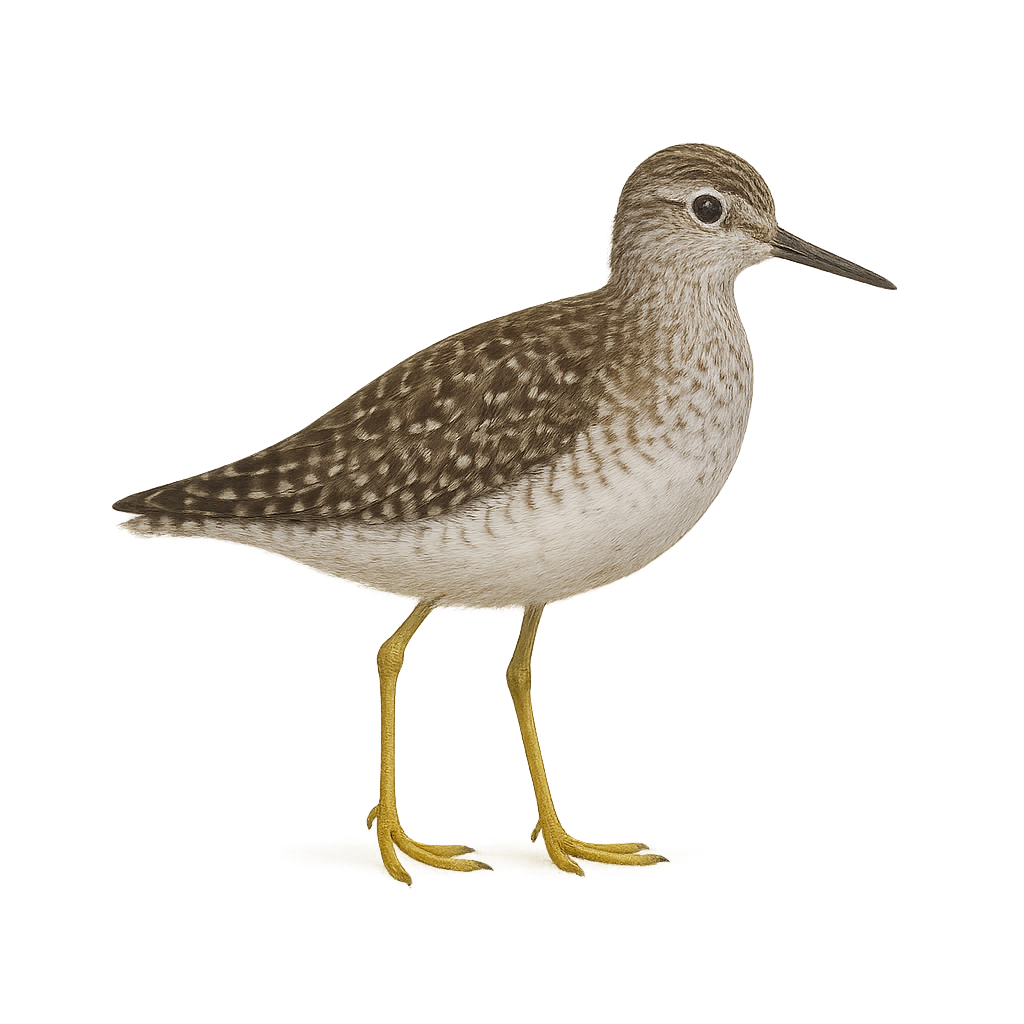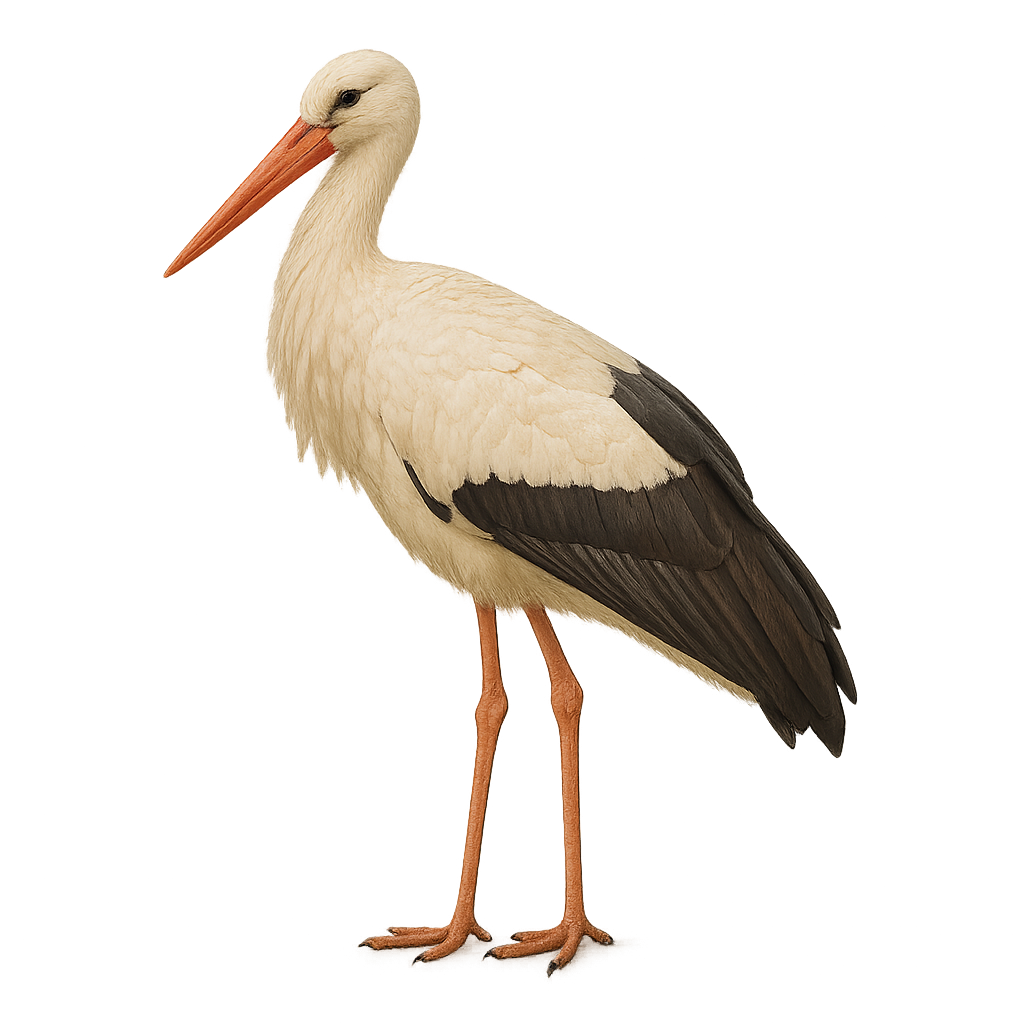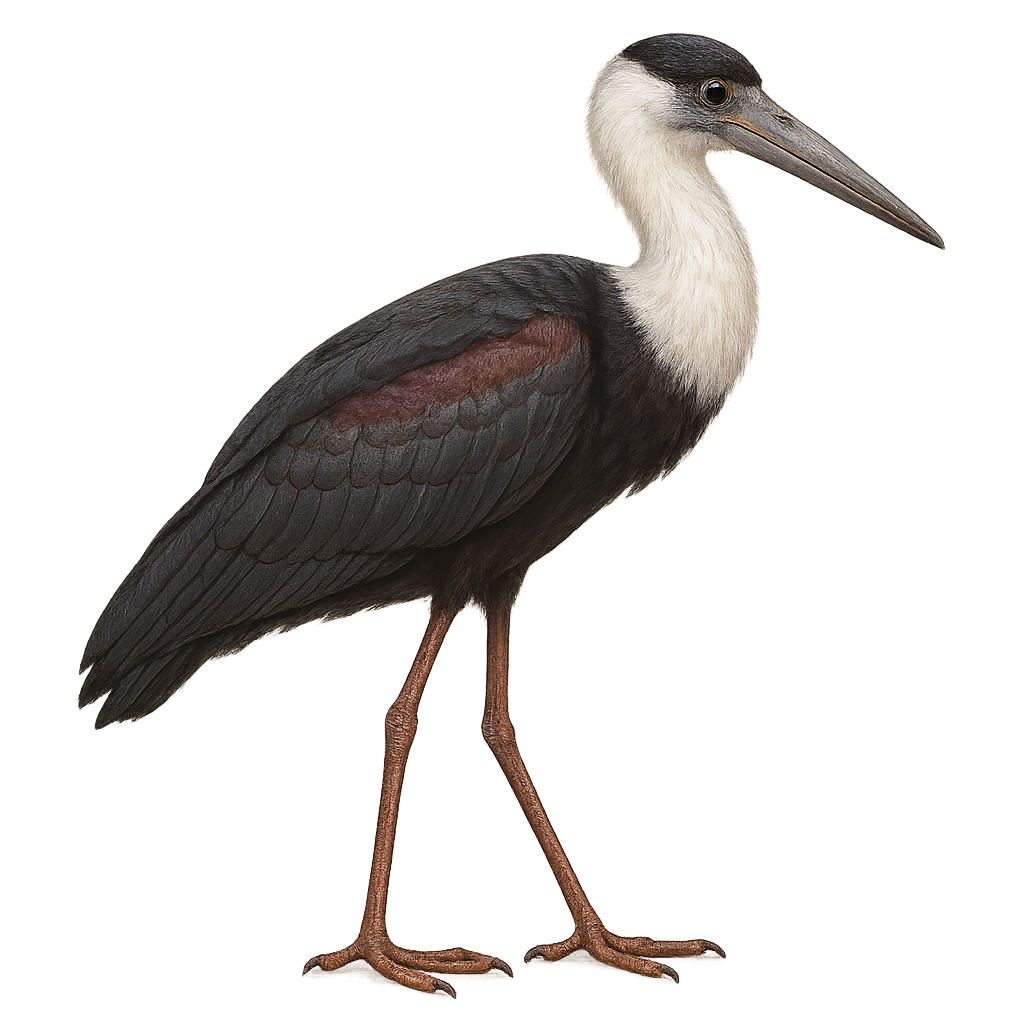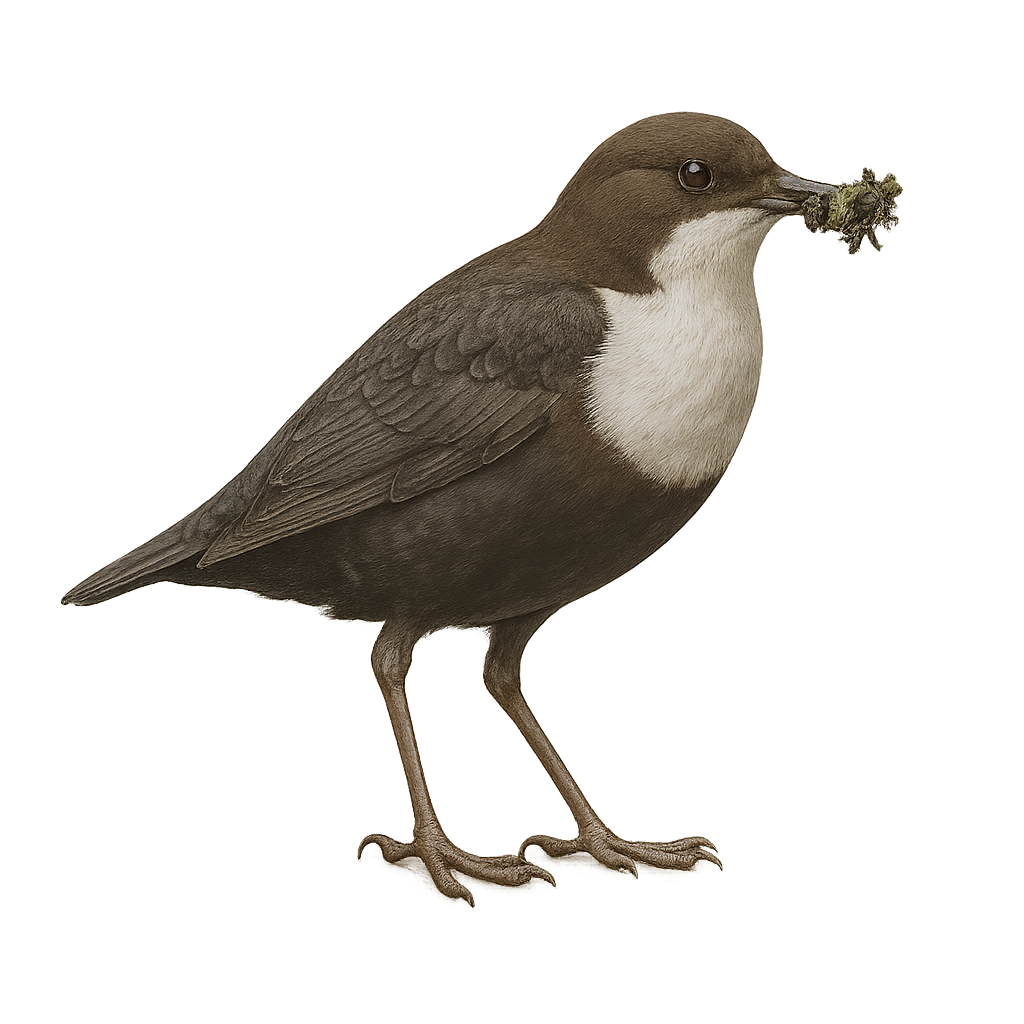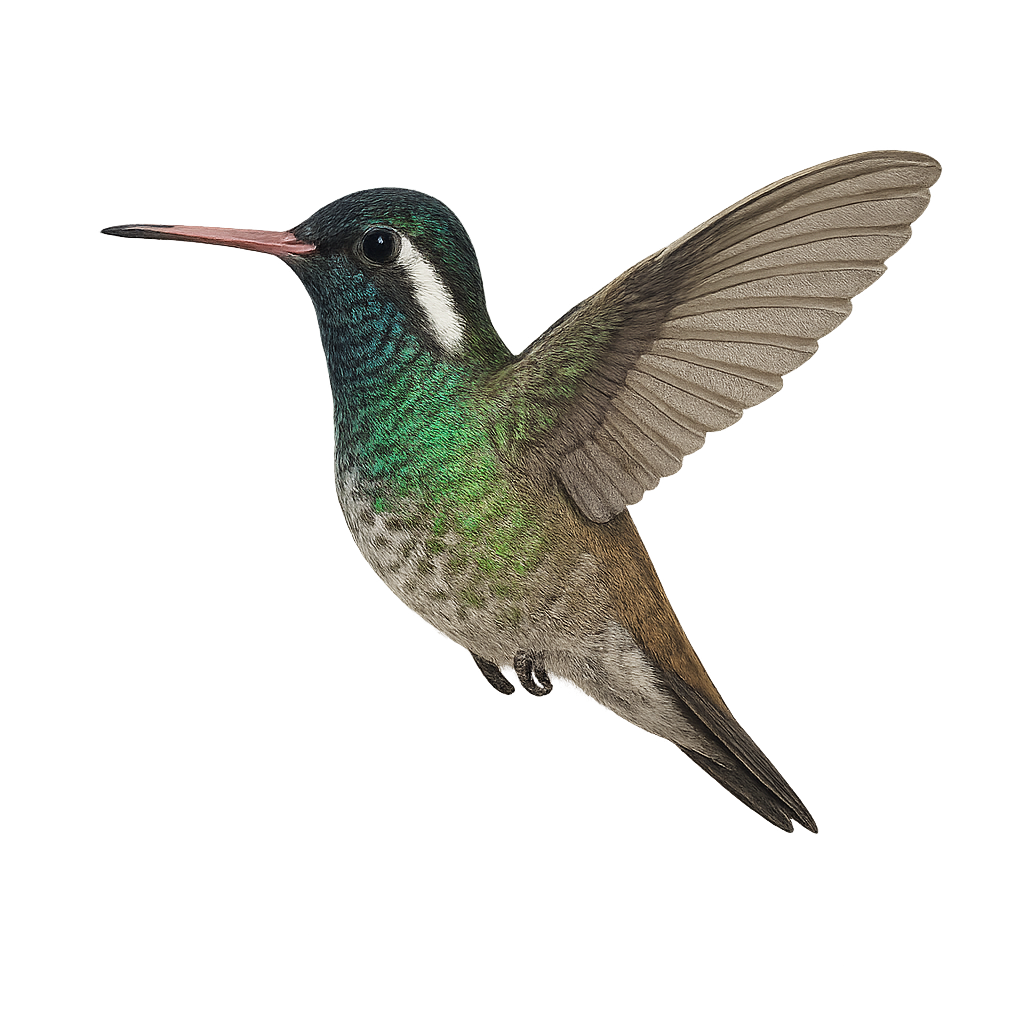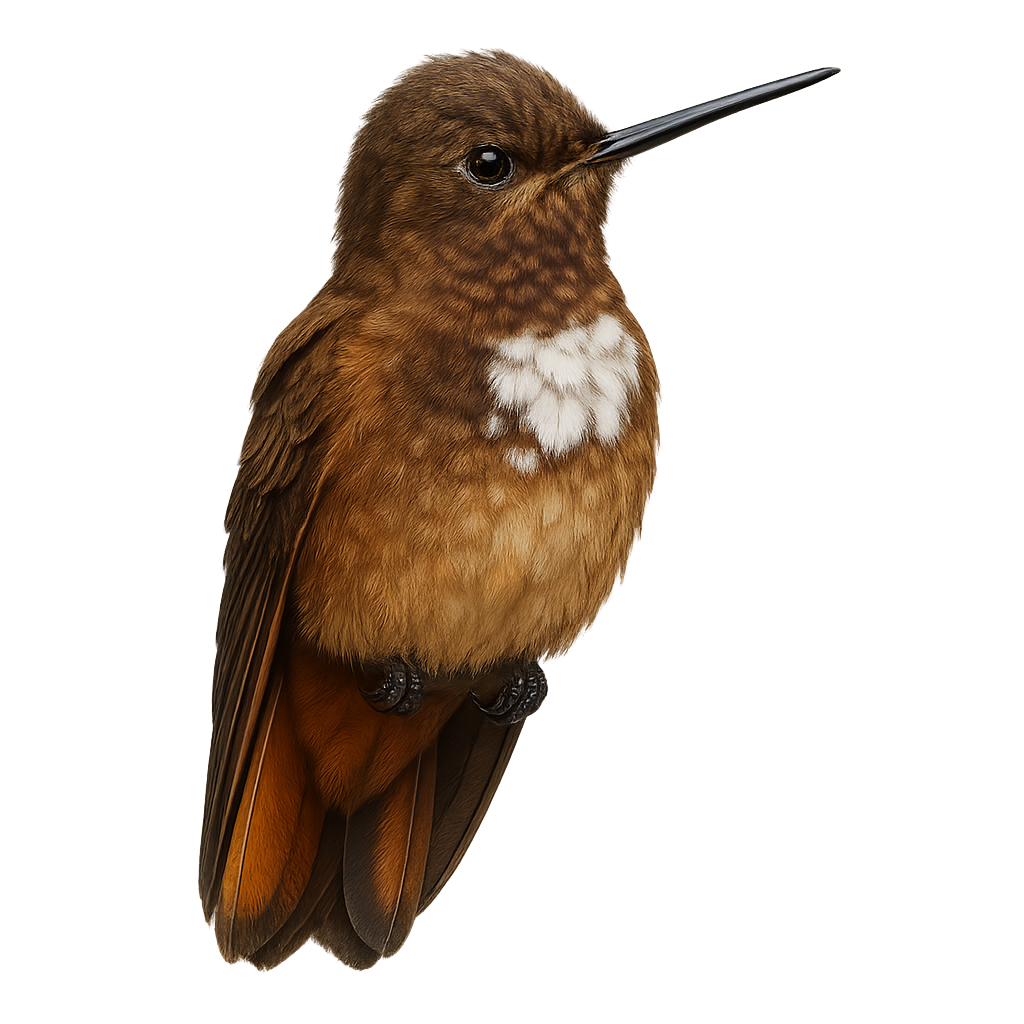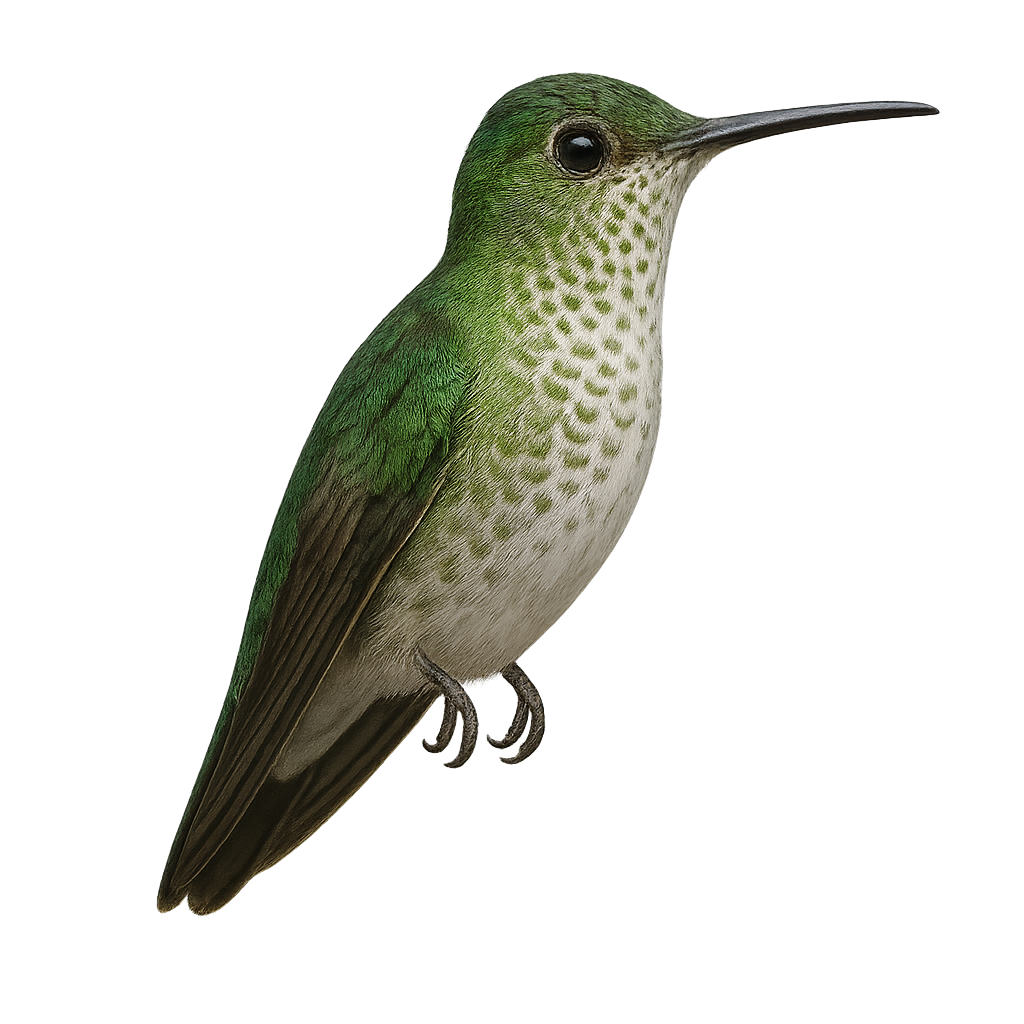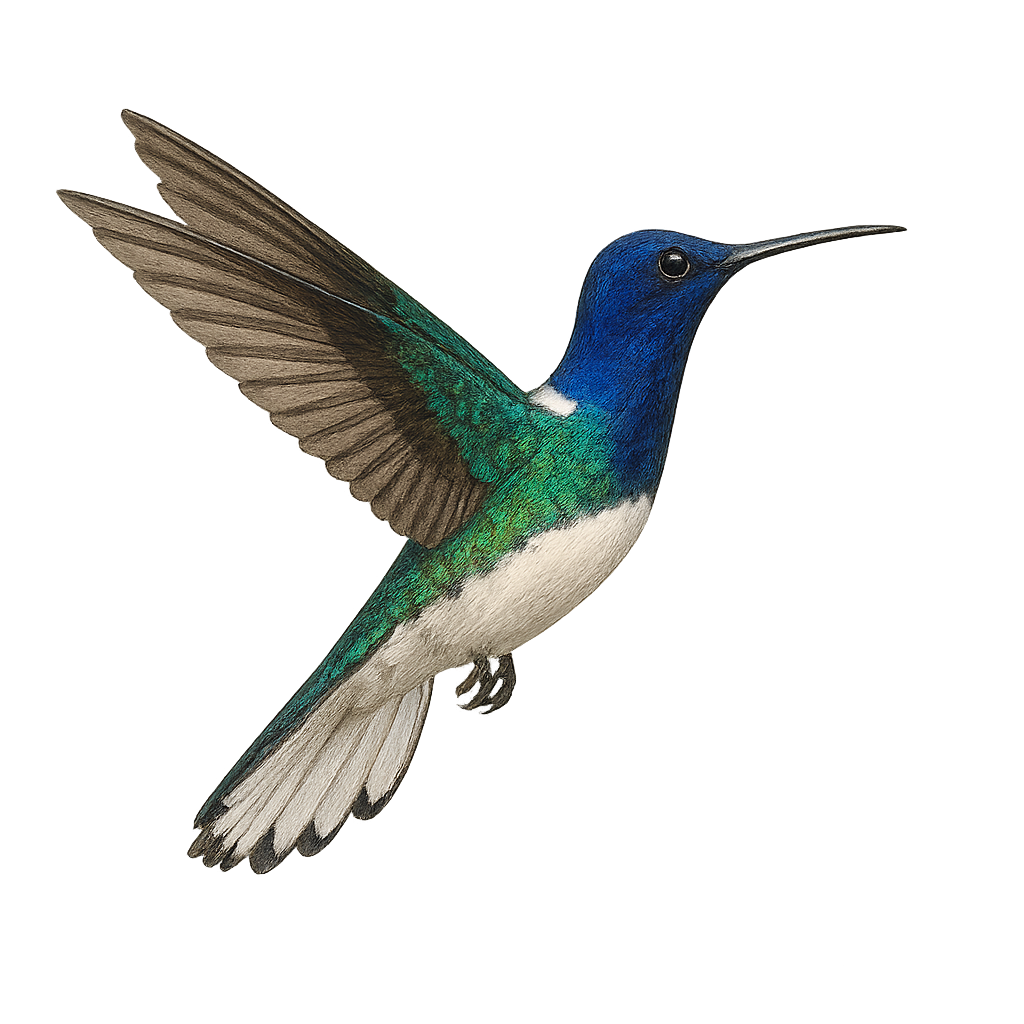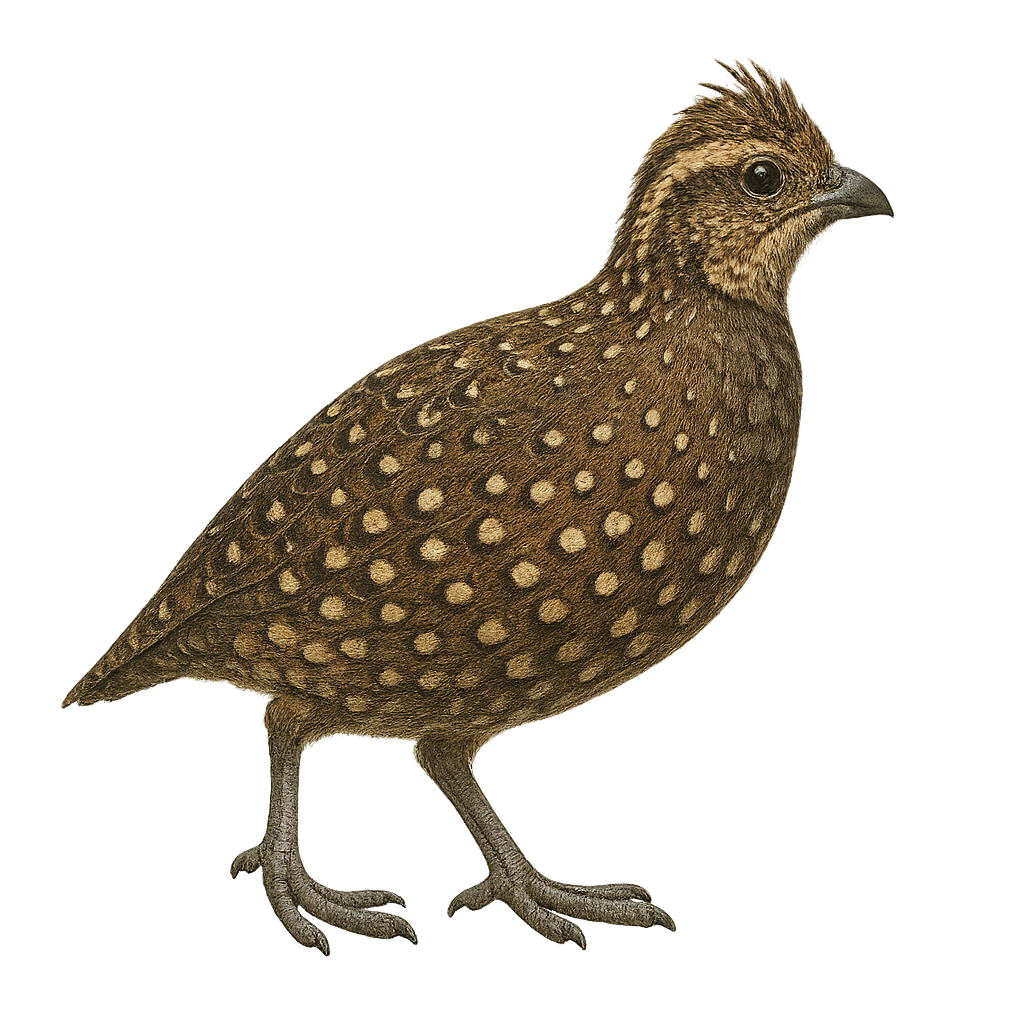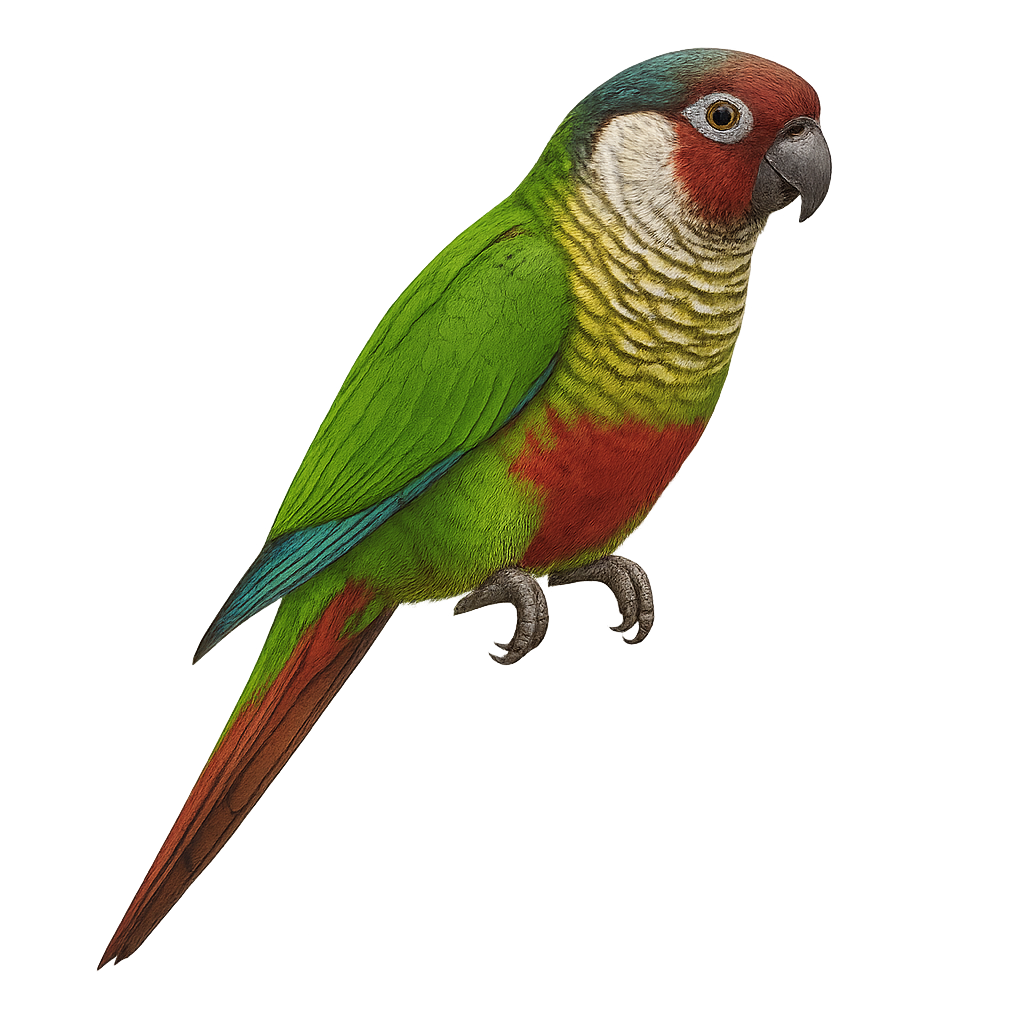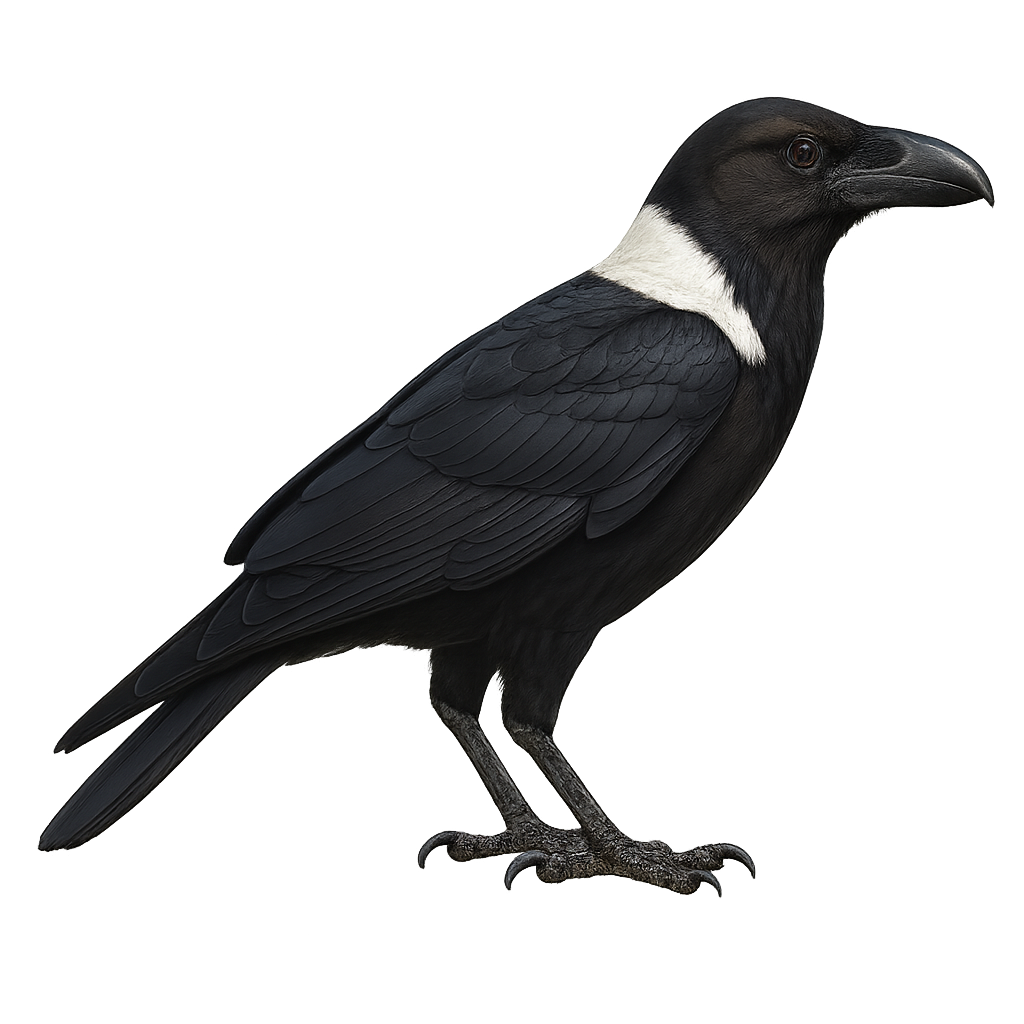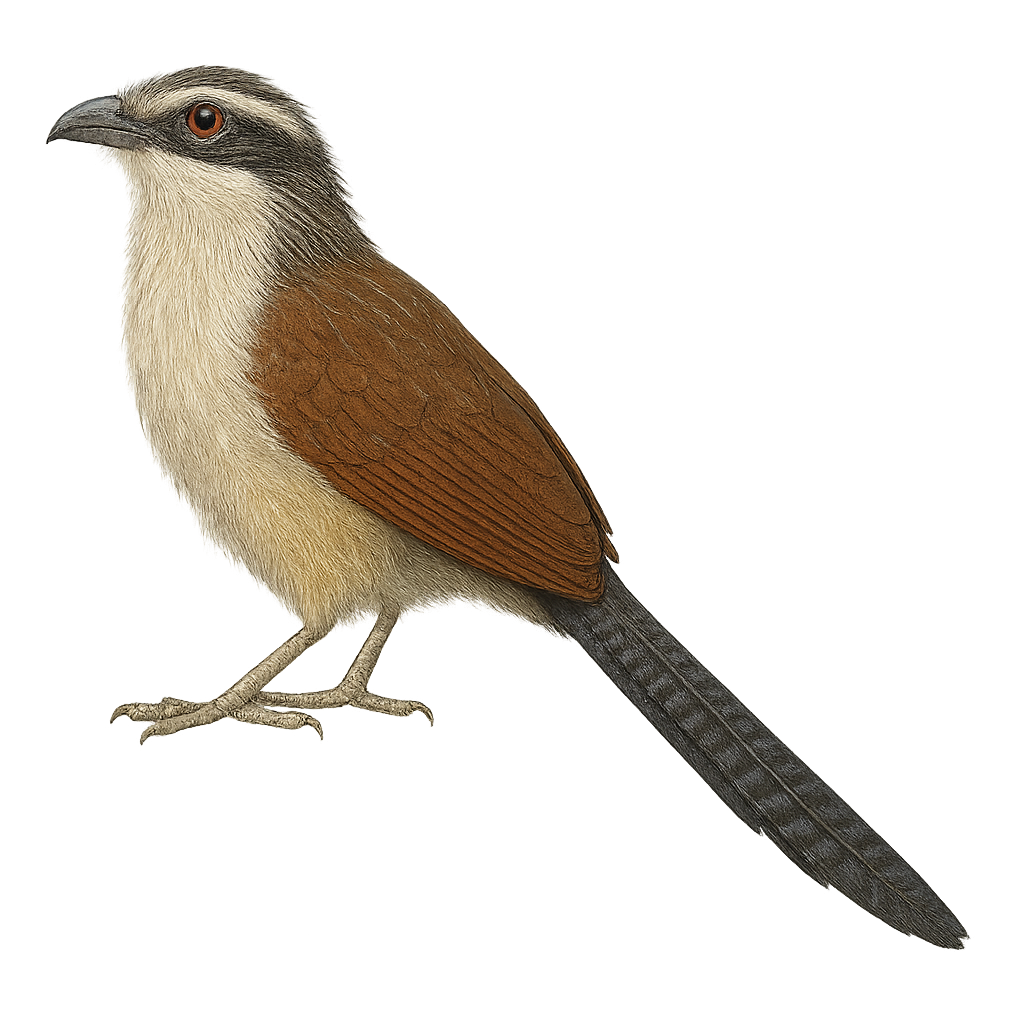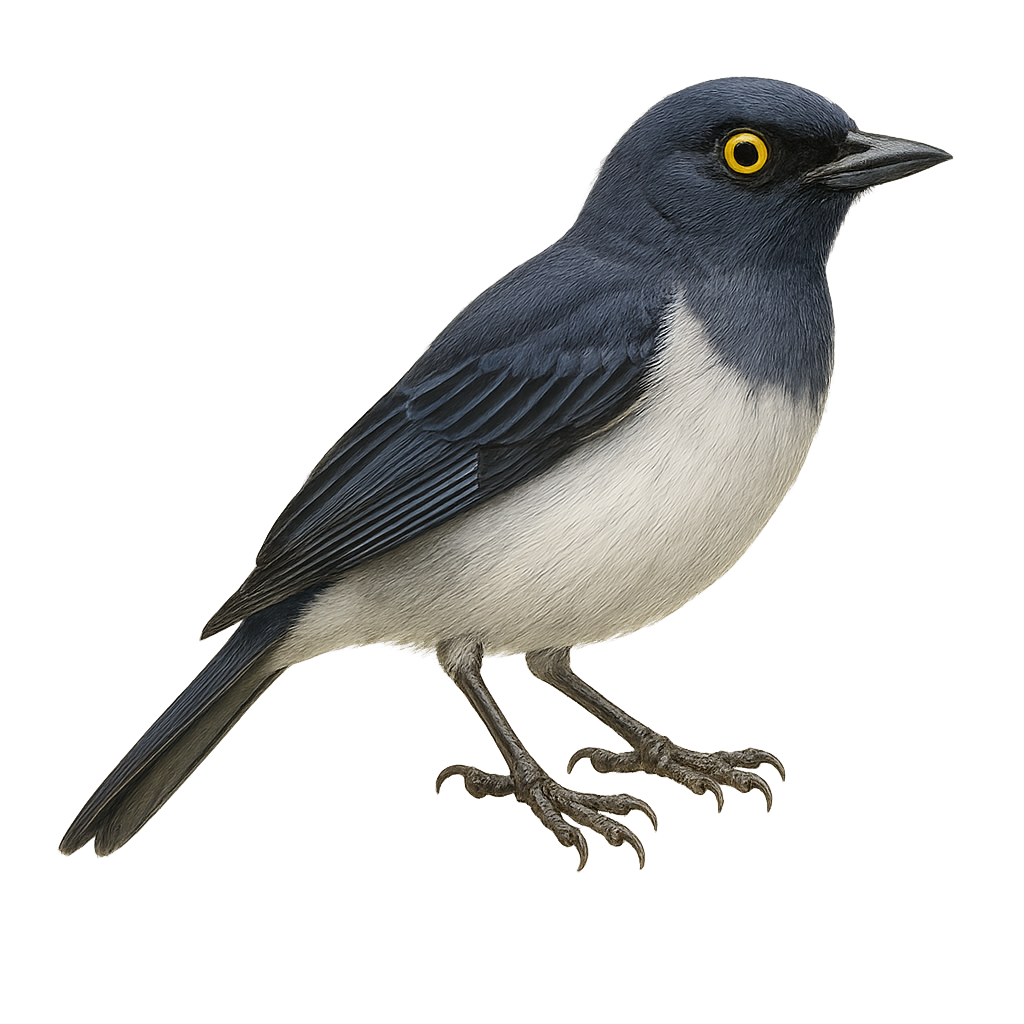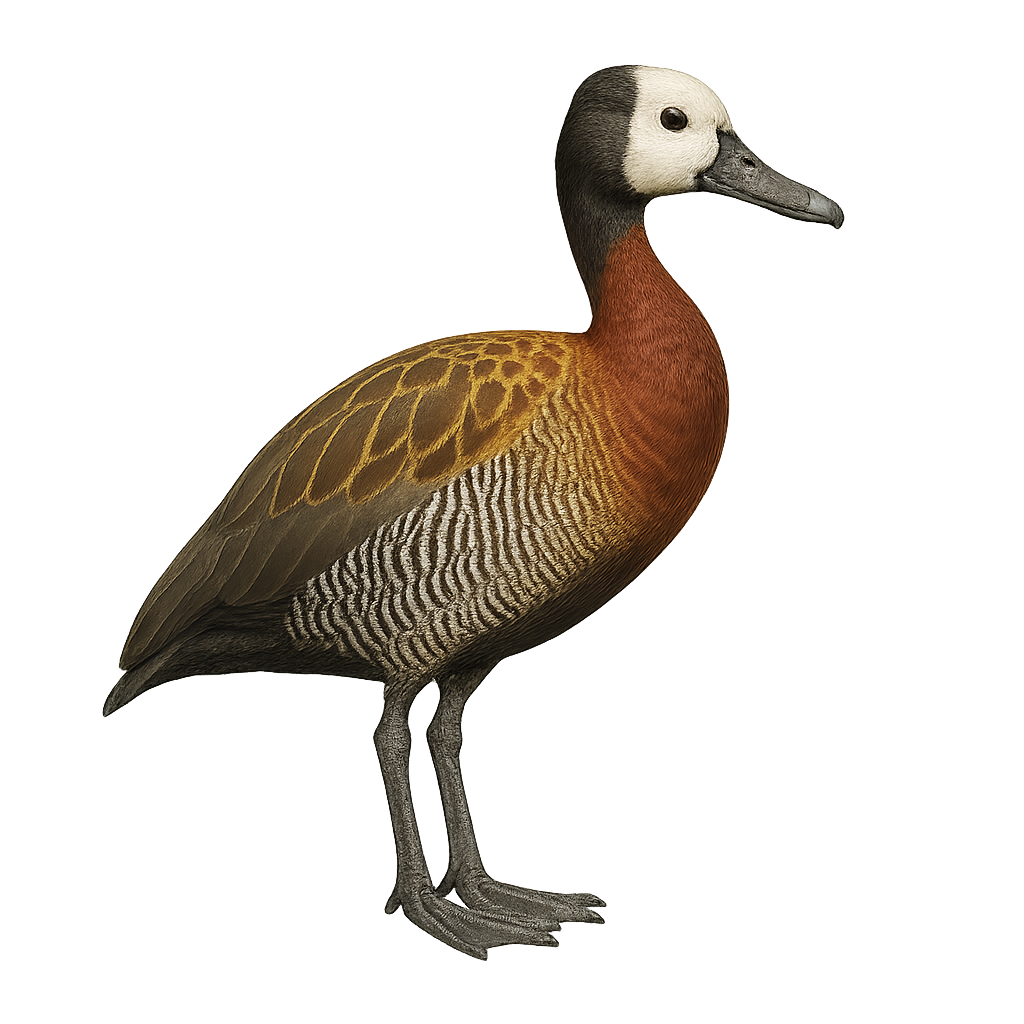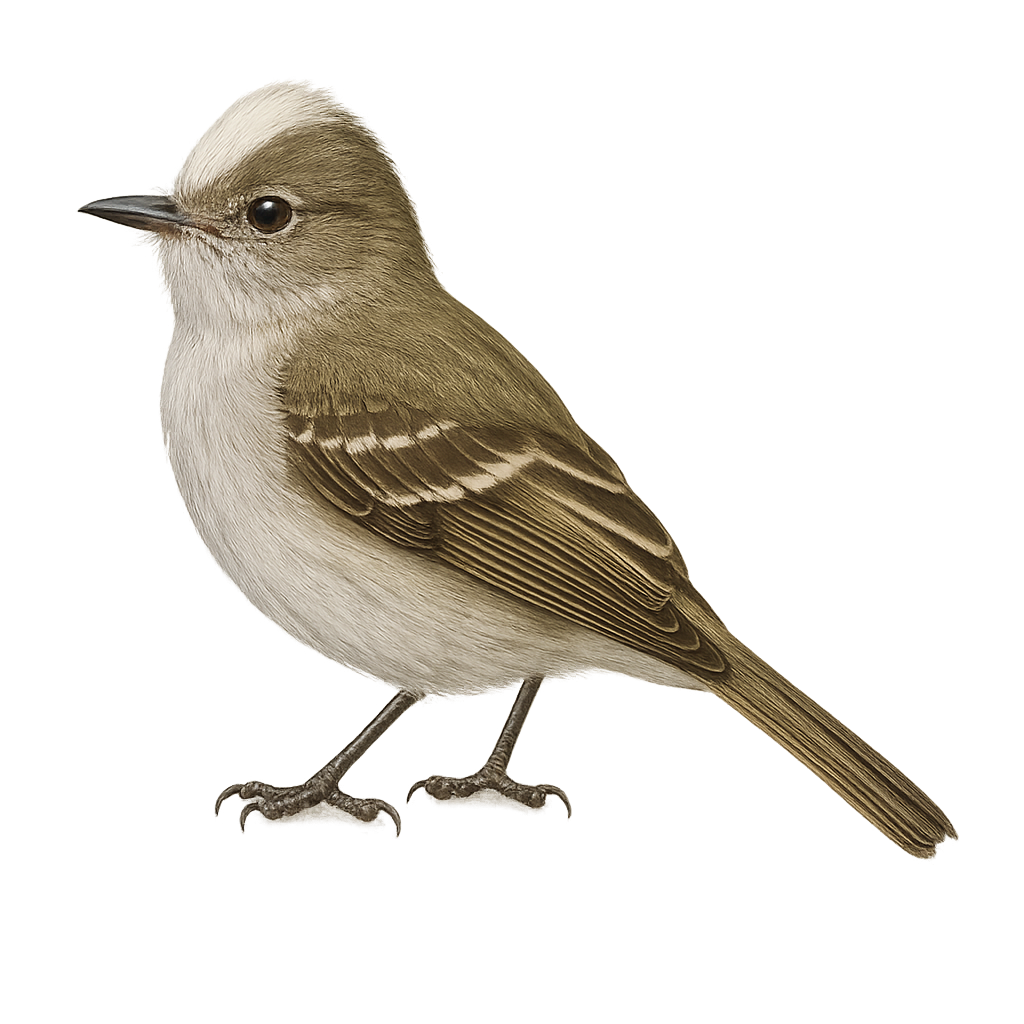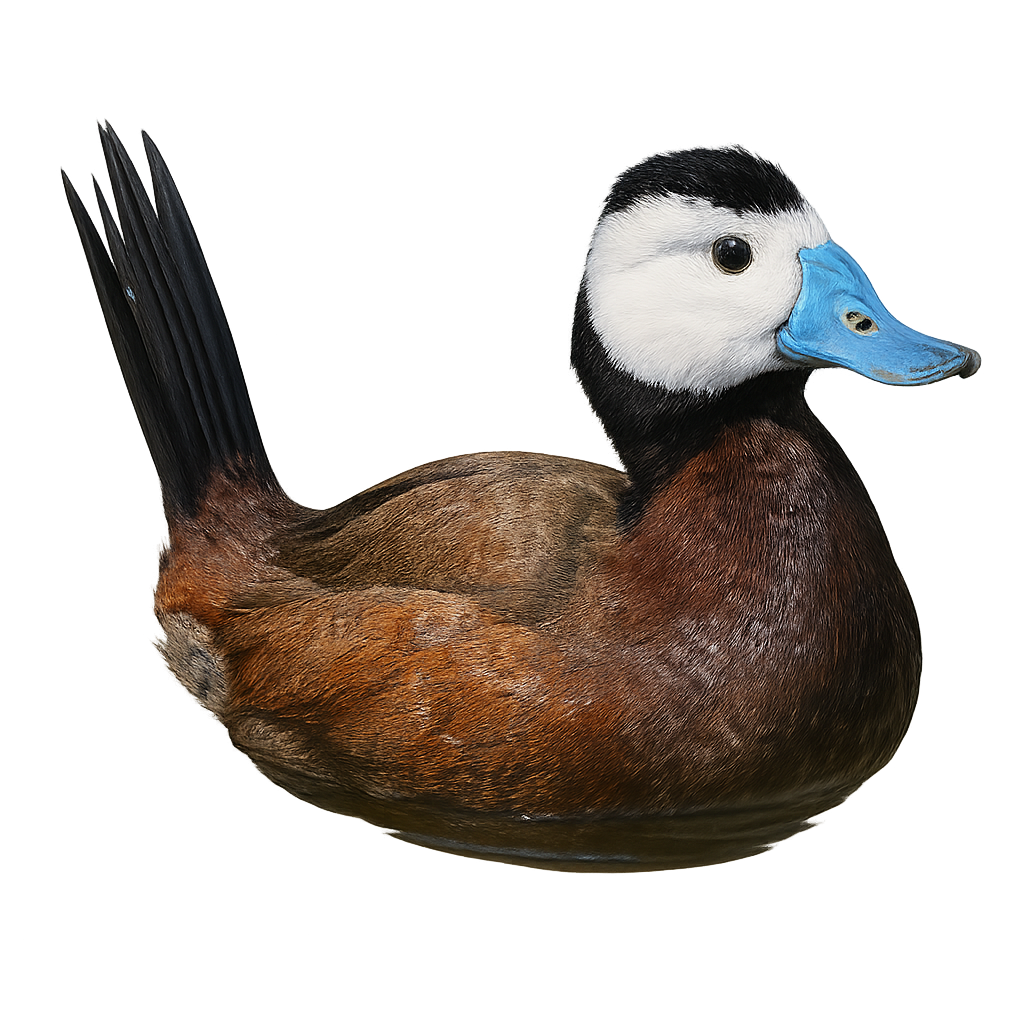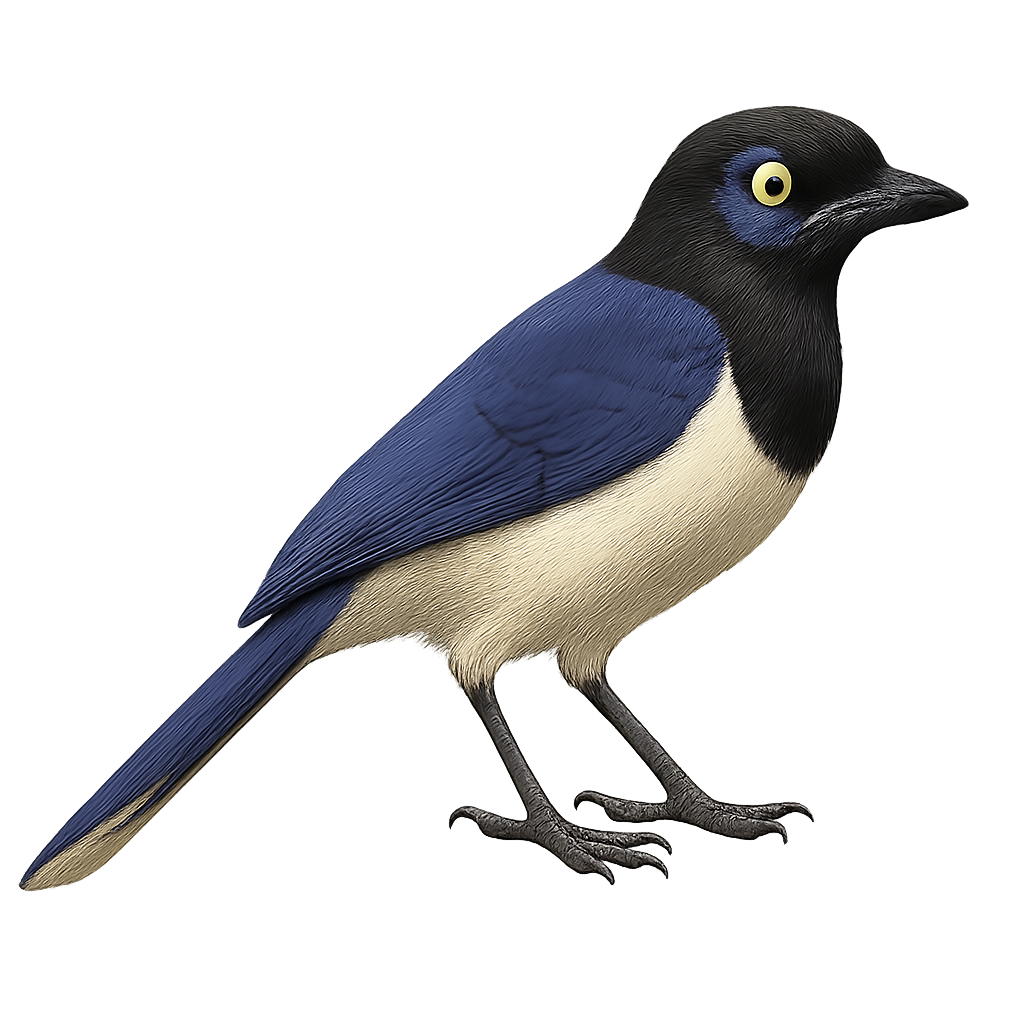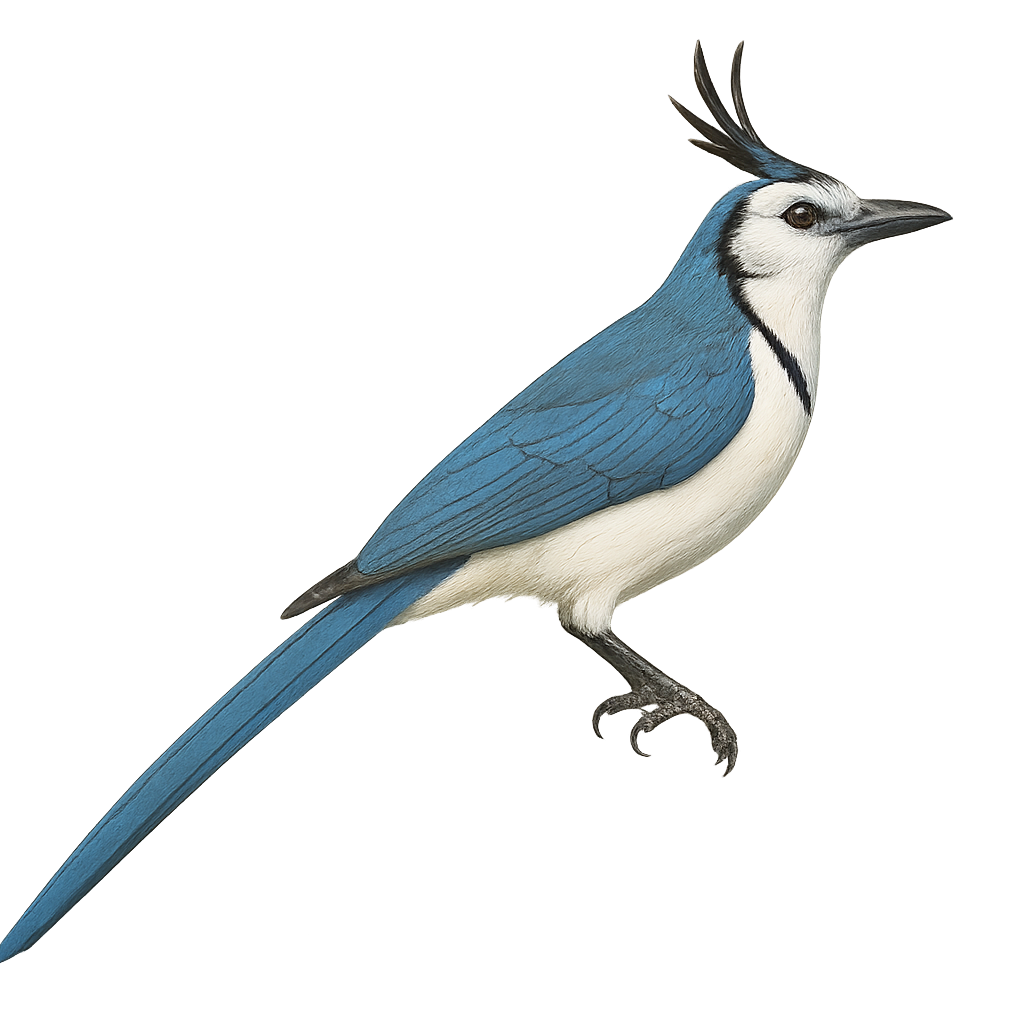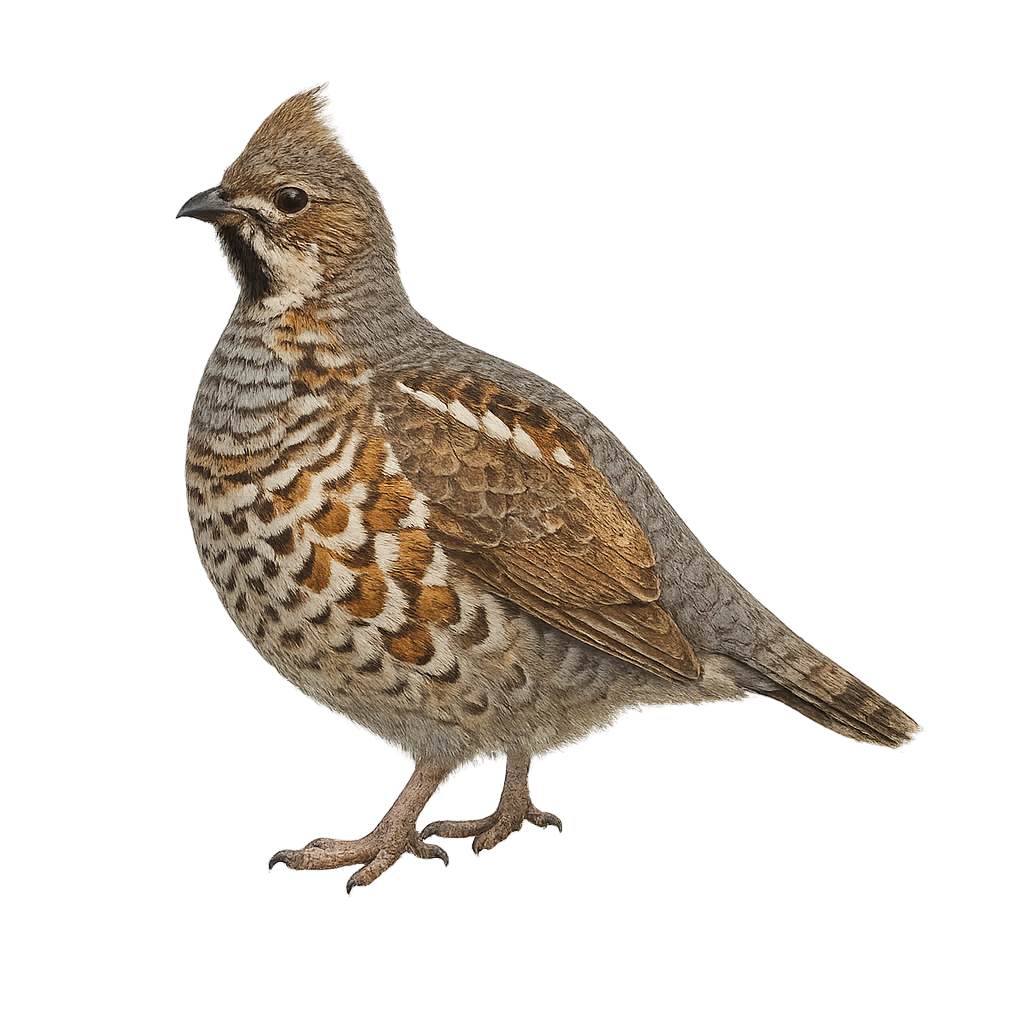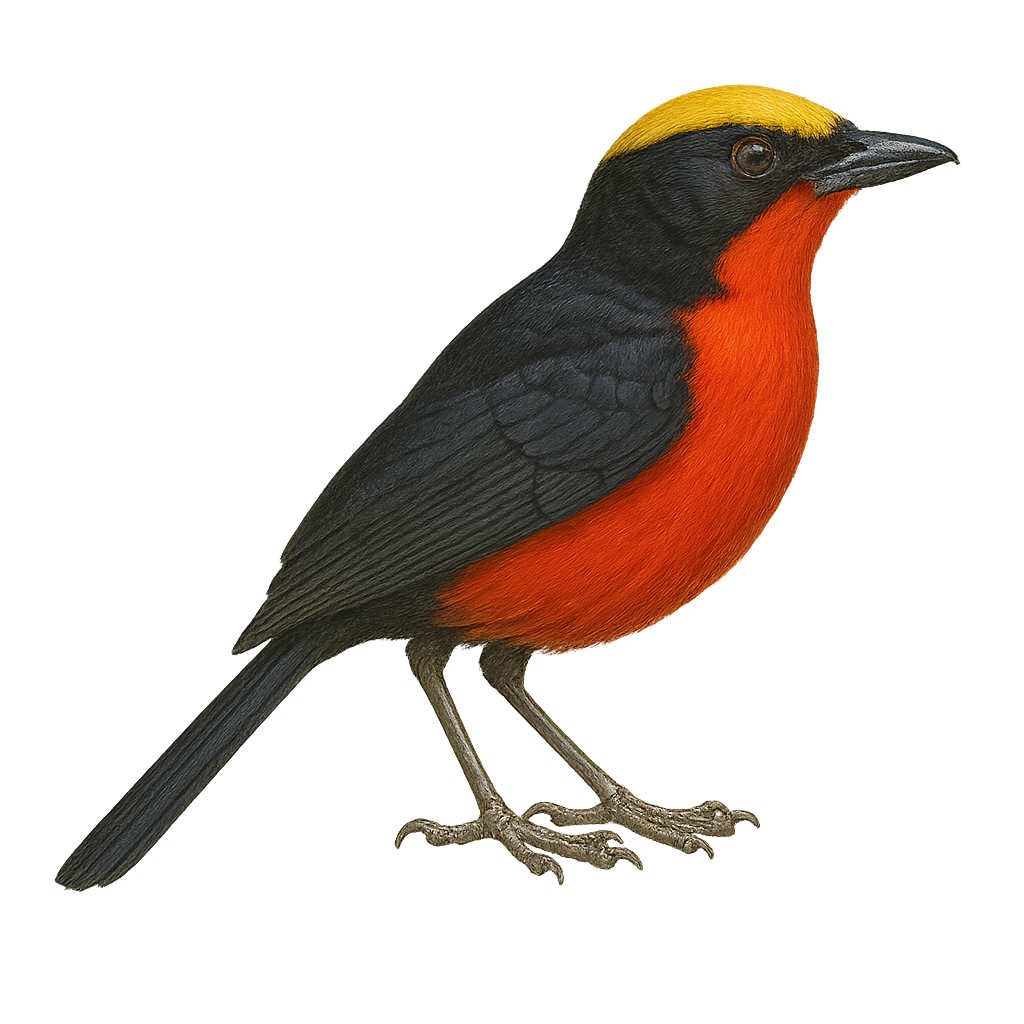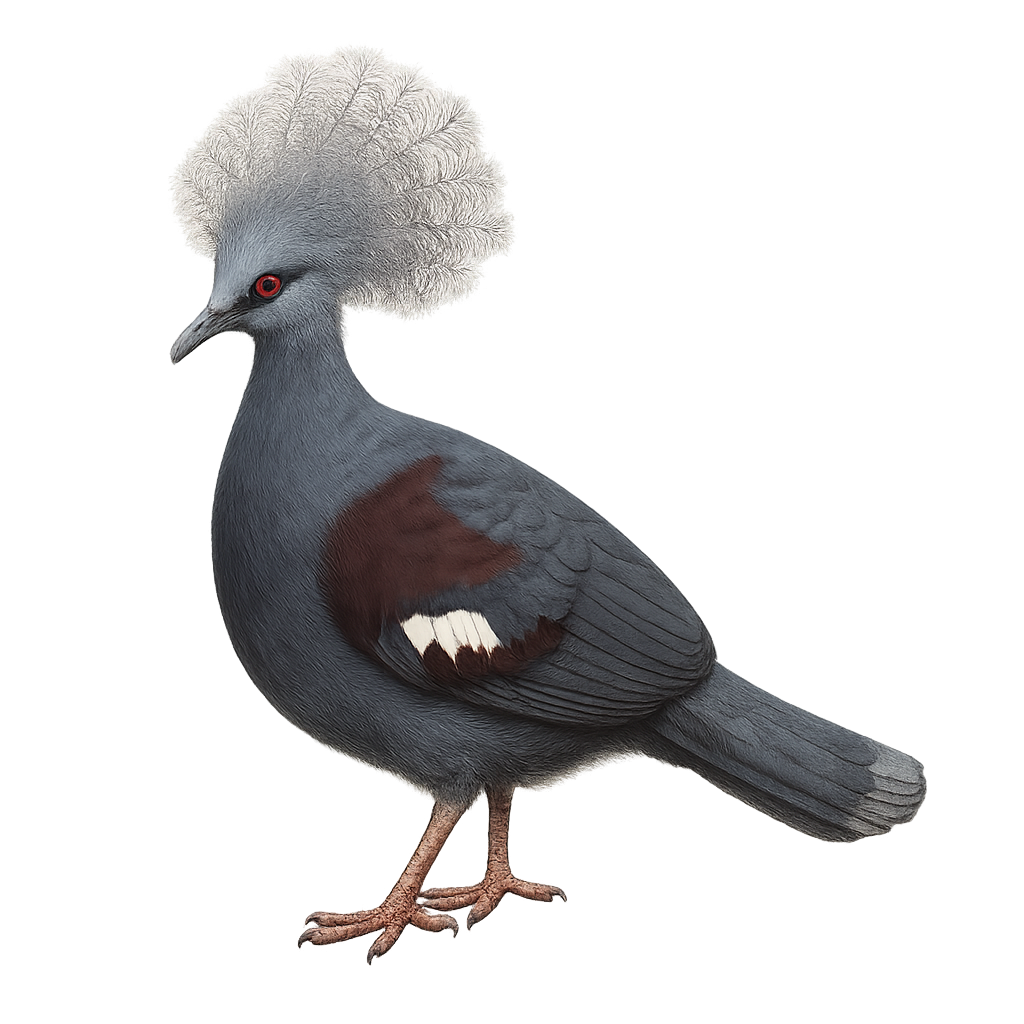The Willet is a medium-sized bird belonging to the Scolopacidae family. It is characterized by its long legs and straight, sturdy bill. Its plumage is primarily gray-brown with lighter patterns on the belly. In flight, its wings reveal a distinctive white band. This bird mainly inhabits wetlands, beaches, and coastal marshes. It is often seen probing the ground for small invertebrates, crustaceans, and mollusks. Although generally solitary, it can form small groups during migration. The Willet is a partial migrant, breeding in northern regions and wintering further south.
The Wood Sandpiper is a medium-sized wader, recognizable by its elegant plumage that ranges from gray-green to white, with dark markings on the wings and sometimes a marbled head. This wader is primarily found in wet forests and marshy areas, where it feeds on small invertebrates, worms, and occasionally small fish, which it catches by probing in the mud and shallow water.
During the breeding season, the male displays brighter colors, notably a darker head plumage and iridescent green shades on its back. Outside the breeding season, the Wood Sandpiper has a more subdued and uniform plumage, often gray-brown. As a migratory bird, it travels between its breeding grounds in Northern Europe and its wintering sites in Africa and Asia. Although its population remains relatively stable, the Wood Sandpiper faces threats from the loss of wetland habitats and pollution.
The White-billed Starling is a medium-sized bird, easily recognizable by its glossy black plumage and distinctive white bill. It is primarily found in the mountainous regions of Ethiopia and Eritrea. This bird is often seen in small groups, feeding on fruits, insects, and sometimes small vertebrates. Its song is melodious, consisting of whistles and trills. It plays a crucial role in seed dispersal, aiding forest regeneration. Although relatively common in its natural habitat, it is threatened by deforestation and habitat loss.
The western jackdaw is a 34–39 cm corvid with dark slate-grey plumage and a black cap, notable for its pale, piercing eyes. Found throughout Europe and western Asia, it inhabits urban areas, coastal cliffs and open countryside, feeding on insects, seeds, small invertebrates and eggs. An opportunistic omnivore, it nests in natural or built cavities and may form large colonies.
The White Stork is a large bird easily recognized by its slender silhouette, bright white plumage, and long red legs. It has a long pointed beak, which it primarily uses to capture prey in wetlands, meadows, and fields. This migratory bird travels thousands of kilometers each year, migrating from Eastern and Central Europe to Africa for the winter.
The White Stork primarily feeds on small mammals, amphibians, insects, and small birds, which it captures with its great ability to walk and forage through grass or mud. While it is a solitary bird during breeding, it gathers in large colonies during migrations. Although its population remains stable in many parts of Europe, it faces threats from habitat loss, hunting, and human disturbances. Conservation efforts are underway to protect this iconic species.
The Woolly-necked Stork, or Ciconia episcopus, is a majestic and imposing bird, easily recognizable by its distinctive black and white plumage and woolly neck. It primarily inhabits wetlands, marshes, and rivers in South and Southeast Asia, as well as some regions of Africa. Measuring between 80 and 94 cm in height, it has a long, pointed beak, ideal for capturing its food, which mainly consists of fish, amphibians, and insects. Although often solitary, it can be observed in small groups during the breeding season. The Woolly-necked Stork is a diurnal bird, active mainly during the day, and is known for its ability to cover long distances in flight.
The White-throated Dipper is a small aquatic bird, easily recognized by its dark plumage, compact body, and characteristic posture, often seen bobbing on rocks at the edge of streams. It has brownish plumage on its back and a white chest, with a short, powerful beak. This small bird is perfectly adapted to aquatic life, thanks to its webbed feet that allow it to swim and dive underwater in search of food.
The White-throated Dipper primarily feeds on aquatic insects, larvae, and small fish, which it captures by diving into rivers and streams. It is capable of swimming underwater and moving along the riverbed to search for prey. Although this bird is generally solitary, it can be observed in clear river or stream habitats, primarily in Europe and Asia. While it is generally not threatened, it can be impacted by water pollution and the disruption of its natural habitats.
The White-bellied Cinclodes is a medium-sized bird, easily identified by its dark brown plumage contrasting with its pure white belly. It primarily inhabits Andean regions, feeding on insects and small invertebrates found by probing the ground with its slender, slightly curved beak. This bird is often seen near streams or in wet grasslands, moving with agility. Although relatively tolerant of human presence, it prefers less frequented areas. Its song is a melodious trill that echoes through the mountains, adding a musical touch to its natural surroundings.
The White-eared Hummingbird is a small, captivating bird primarily found in the pine and oak forests of Mexico and Central America. It is distinguished by its characteristic white ears, contrasting with its metallic green plumage. This hummingbird measures about 9 to 10 cm in length and weighs between 3 and 4 grams. It primarily feeds on nectar but also consumes small insects to supplement its diet. Its flight is fast and agile, allowing it to maneuver easily among flowers. The White-eared Hummingbird is often observed alone or in small groups, and it vigorously defends its feeding territory against intruders.
The White-tufted Sunbeam, or Aglaeactis castelnaudii, is a fascinating bird from the Trochilidae family. This hummingbird is distinguished by its brilliant plumage, with metallic green hues and a characteristic white patch on its chest. It is mainly observed in the Peruvian Andes, where it frequents humid forests and shrublands at high altitudes. This hummingbird is an essential pollinator, feeding on flower nectar with its long adapted beak. Its small size and rapid flight make it difficult to observe, but its ecological role is crucial for the pollination of Andean plants. Although its conservation status is concerning, efforts are underway to protect its natural habitat.
The White-bellied Hummingbird, or Taphrospilus hypost, is a small, fascinating bird from the Trochilidae family. This hummingbird is primarily found in the humid forests and wooded areas of the Andes, where it feeds on flower nectar with its long, slender beak. Its plumage is mainly emerald green with a distinctive white belly, making it easily identifiable. Males and females share similar characteristics, although males may have slightly brighter colors. This hummingbird is known for its fast and agile flight, often accompanied by characteristic buzzing sounds. It plays a crucial role in the pollination of local plants.
The White-necked Jacobin, or Florisuga mellivora, is a bird from the Trochilidae family, easily recognizable by its striking plumage. The male boasts a bright blue head and neck, contrasting with a white chest and metallic green back. The female, on the other hand, has a duller plumage with shades of green and blue. This hummingbird is mainly found in the humid tropical forests of Central and South America, where it feeds on nectar and insects. Its fast and agile flight allows it to move easily between flowers. The White-necked Jacobin plays a crucial role in plant pollination, thus contributing to the biodiversity of its habitat.
The White-throated Quail-Dove, Colinus leucopogon, is a bird from the Odontophoridae family. It is mainly found in mountainous regions of Mexico and Central America. This bird is characterized by its white throat contrasting with its dark brown plumage. It prefers dense forests and wooded areas where it can easily hide from predators. The White-throated Quail-Dove is a terrestrial bird that feeds mainly on seeds, fruits, and insects. It is often seen in small groups or pairs. Although relatively discreet, its melodious song can be heard throughout the forest. Its population is stable, but deforestation poses a potential threat to its natural habitat.
The White-eared Parakeet, or Pyrrhura leucotis, is a small, colorful parrot native to the forests of southeastern Brazil. It is distinguished by its bright green feathers, characteristic white ear patches, and reddish tail. Measuring about 22 cm in length, it is known for its social behavior and ability to form noisy flocks. It primarily feeds on fruits, seeds, and flowers. Although its natural habitat is threatened by deforestation, it adapts well to human-modified environments. This species is often seen in captivity due to its sociable nature and attractive plumage.
The White-necked Raven is a large bird, easily identifiable by its glossy black plumage and distinctive white neck. It primarily inhabits mountainous regions and plateaus in southern Africa. Known for its remarkable intelligence, it uses tools to feed and is adept at solving complex problems. Its diet is varied, including insects, small animals, and carrion. Often found in groups, it is renowned for its varied vocalizations. Its presence is typically associated with open, rocky landscapes where it can easily find food and nesting sites.
The Centropus superciliosus, or White-browed Coucal, is a bird from the Cuculidae family, widely distributed in sub-Saharan Africa. It is recognizable by its distinctive white eyebrows contrasting with its brown and black plumage. This bird prefers dense habitats such as wooded savannas, marshes, and riparian forests. It is primarily terrestrial, often moving on foot in search of prey like insects, small reptiles, and amphibians. The White-browed Coucal is known for its distinctive call, a deep, resonant "bouhou". Although relatively common, it remains discreet and difficult to observe due to its suspicious behavior.
The Whimbrel is a medium-sized wader, easily recognized by its long, finely curved bill and its brown-gray plumage with lighter speckling on the belly. It measures about 40 to 50 cm in length and has a wingspan of about 70 to 85 cm. Unlike the Eurasian Curlew, it is more subtle in its behavior and colors, making it a bird that is often less visible despite its size.
This wader primarily inhabits coastal areas, estuaries, and mudflats, where it primarily feeds on small invertebrates, worms, and mollusks, which it captures from sandy or muddy soils at low tide. During migration, the Whimbrel can travel long distances, moving from its breeding grounds in Northern Europe to the coasts of West Africa. While it is considered a species of concern in some areas, it is primarily threatened by habitat loss and human disturbance.
The Whooper Swan, also known by the scientific name Cygnus cygnus, is a large species of swan that can reach a wingspan of 2 to 2.5 meters, making it one of the largest swans in Europe and Asia. Its plumage is entirely white, except for the bright orange skin covering its bill. The Whooper Swan is primarily a migratory bird that lives in wetlands, lakes, and marshes. It feeds mainly on aquatic plants, but can also consume seeds and roots. During the breeding season, the Whooper Swan prefers freshwater lakes and ponds, where it builds floating nests. The migration of the Whooper Swan is particularly notable, as it travels long distances between its breeding grounds in Northern Europe and its wintering areas in Western Europe, Central Asia, and China. While its status is currently stable, the Whooper Swan can be threatened by habitat loss due to the draining of wetlands and water pollution. It is also vulnerable to illegal hunting and human disturbances.
The White-bellied Dacnis is a small, colorful bird belonging to the Thraupidae family. It is primarily found in the tropical rainforests of South America, particularly in Venezuela, Colombia, and Brazil. This passerine is distinguished by its striking plumage: males display a bright blue with a white belly, while females have more subdued shades of green and blue. The White-bellied Dacnis is a diurnal bird, active mainly during the day, feeding on fruits, nectar, and insects. It is often seen in small groups, sometimes in the company of other bird species. Although its habitat is threatened by deforestation, it is currently classified as "least concern" by the IUCN.
The White-faced Whistling Duck is a medium-sized waterfowl known for its distinctive plumage. Its white face contrasts with its dark brown body and long neck. Often seen in large flocks, it emits characteristic whistles. Native to sub-Saharan Africa and South America, it inhabits wetlands, lakes, and marshes. This duck is primarily nocturnal and crepuscular, feeding on seeds, aquatic plants, and insects. Although sociable, it can be wary of humans. Its population is stable, but it is sensitive to environmental changes and habitat degradation.
The White-crested Elaenia is a small passerine bird belonging to the Tyrannidae family. It is recognizable by its distinctive white crest on the head, contrasting with its gray-green plumage. This bird is widely distributed in South America, inhabiting various environments from tropical forests to shrublands. Known for its melodious voice and varied songs, the elaenia primarily feeds on insects and fruits, which it captures in flight or by foraging through foliage. It is often observed in small groups or pairs, especially during the breeding season. Its adaptability to different environments makes it a resilient species, although some populations may be affected by deforestation.
The white-headed duck is a small diving duck, 40–45 cm long, with males displaying a white head, slate-grey body and bright blue bill, while females have a brownish head and darker bill. It inhabits freshwater lakes and ponds fringed by dense emergent vegetation, diving to feed mainly on aquatic plants and small invertebrates. Shy and solitary, it typically swims away under water when threatened rather than flying.
The White-cheeked Starling is a medium-sized bird, measuring about 24 cm in length. It is easily recognizable by its ash-gray plumage, white cheeks, and bright yellow beak. This bird is mainly found in East Asia, particularly in China, Japan, and Korea. It frequents urban areas, parks, and gardens, as well as forests and agricultural zones. The White-cheeked Starling is a social bird, often seen in groups. It primarily feeds on insects, fruits, and seeds. Its song is varied and melodious, making it a favorite among birdwatchers.
The White-crested Laughingthrush is a sociable and noisy bird, often seen in groups in the dense forests of Southeast Asia. It is distinguished by its striking white crest contrasting with its brown and black plumage. This bird measures about 28 to 30 cm in length and has a sturdy beak suited to its omnivorous diet. It primarily feeds on insects, fruits, and seeds. Its call is a mix of laughs and cries, making it easily identifiable. The White-crested Laughingthrush is a resilient bird that adapts well to environmental changes, although it is sometimes threatened by deforestation.
The Cyanocorax affinis, or White-throated Magpie-Jay, is a striking bird known for its vivid blue plumage and distinctive white face with a black crest. It is primarily found in Central America, particularly in Costa Rica and Panama. This social bird lives in family groups and is noted for its intelligence and ability to mimic sounds. It inhabits tropical dry and humid forests, forest edges, and cultivated areas. The White-throated Magpie-Jay is omnivorous, feeding on fruits, insects, and occasionally small vertebrates. Its curious behavior and adaptability to human-altered environments make it a fascinating species to observe. Although not currently threatened, deforestation could impact its populations in the long term.
The White-throated Magpie-Jay, Cyanocorax formosus, is a striking bird with a long tail and vibrant blue plumage contrasting with a black face. It primarily inhabits dry tropical forests and wooded areas in Mexico and Central America. This sociable bird lives in family groups and feeds mainly on insects, fruits, and seeds. Its distinctive and varied call is often heard before it is seen. Although its habitat is threatened by deforestation, it remains relatively common within its range. The White-throated Magpie-Jay is a fascinating example of the avian diversity of the Neotropical region.
The Hazel Grouse is a small, terrestrial bird belonging to the pheasant family, easily recognizable by its subtly colored plumage and robust build. It measures about 40 to 45 cm in length and weighs between 500 and 700 g. Its plumage is primarily brown and gray, with patterns of spots and bars that allow it to blend effectively into the dense vegetation of forests. The Hazel Grouse primarily inhabits dense deciduous and mixed forests, where it feeds on seeds, berries, young shoots, and insects. Although it is rather discreet and difficult to spot, it is often heard through its soft, deep call. The Hazel Grouse is a fairly sedentary bird, but it may migrate short distances depending on weather conditions. It is also an emblematic bird of wooded areas and forest landscapes. While it is not endangered, the Hazel Grouse may be threatened by the loss of its forest habitat and the degradation of its breeding sites.
The Laniarius barbarus, commonly known as the West African Boubou, is a bird with distinctive plumage, featuring a bright yellow breast contrasting with a black back. It is primarily found in West Africa, inhabiting savannas, open forests, and shrublands. This bird is known for its melodious song and harmonious duets with its partner. It primarily feeds on insects but can also consume fruits. The West African Boubou is a territorial bird, often seen alone or in pairs. Its ability to blend into its environment sometimes makes it difficult to spot, despite its vibrant colors.
The Western Crowned Pigeon, or Goura cristata, is a majestic bird native to the forests of New Guinea. This large pigeon is easily recognizable by its delicate feathered crest and striking blue-grey plumage. It measures about 70 cm in length and can weigh up to 2.5 kg. Its elegant appearance and graceful gait make it a fascinating sight in its natural habitat. The Western Crowned Pigeon is a social bird that lives in small groups and primarily feeds on fruits, seeds, and insects. Although its flight is powerful, it prefers to walk on the ground in search of food. Unfortunately, this species is threatened by deforestation and hunting.
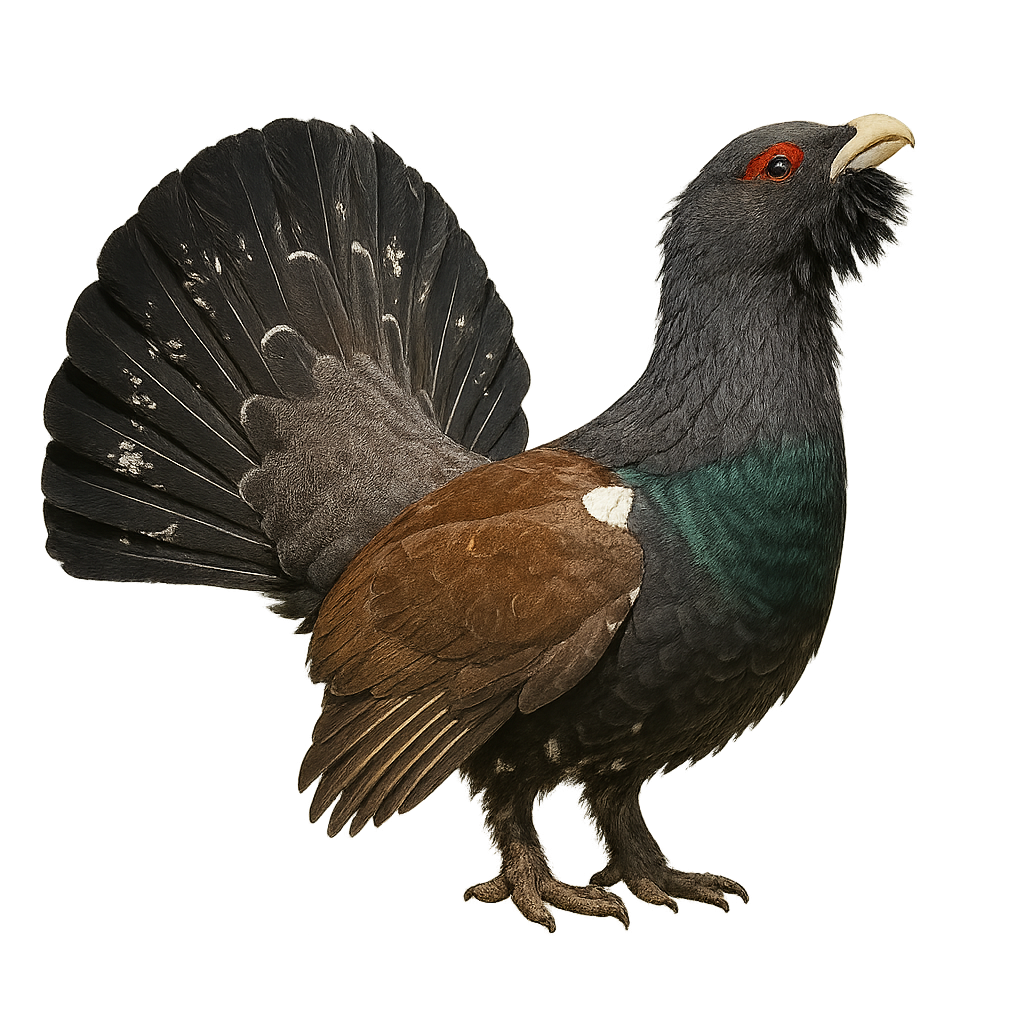
The Capercaillie is a large bird of the pheasant family, easily recognizable by its imposing size and distinctive plumage. It measures about 80 cm in length, with a wingspan of 1.2 meters and a weight ranging from 3 to 6 kg for males and 2 to 3 kg for females. The male's plumage is dark, with a reddish chest, a crest of feathers on the head, and a large V-shaped tail. The female, on the other hand, is more discreet, with a brown mottled plumage that allows her to better blend into the environment. The Capercaillie primarily inhabits coniferous and deciduous forests, particularly in the mountains and wooded areas of Europe, notably in France, Switzerland, Germany, and other mountainous regions. It feeds mainly on young shoots, seeds, fruits, and insects. This bird is also known for its spectacular mating displays, during which the male puffs up his chest, spreads his tail, and makes powerful calls to attract females. Although the species is not immediately endangered, the Capercaillie faces threats from deforestation, human disturbance, and habitat loss.


